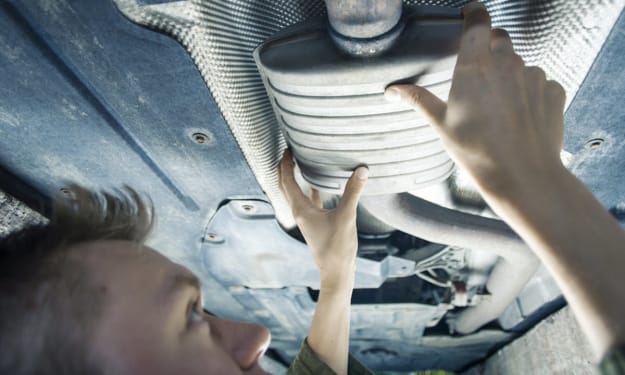Safety standards on racing and the automotive industry,
The impact of regulations and safety standards on racing and the automotive industry, and the challenges faced in balancing performance, safety, and sustainability.

The automotive industry, and specifically the world of racing, is constantly evolving with new technologies, advancements, and regulations. The impact of regulations and safety standards on racing and the automotive industry has been significant in shaping the industry into what it is today. These regulations aim to ensure the safety of drivers, spectators, and the environment, while also pushing the boundaries of performance and sustainability.
One of the most significant regulations in racing is the implementation of strict safety standards for vehicles and tracks. This has resulted in the development of safer vehicles, with features such as reinforced roll cages, improved seat belts, and fire-resistant materials. In addition, tracks are now equipped with safety barriers, medical facilities, and emergency response teams. These measures have helped to reduce the number of accidents and injuries in racing, making it a safer sport for everyone involved.
However, the challenge of balancing performance, safety, and sustainability is not unique to racing, but extends to the entire automotive industry. As regulations become stricter, manufacturers must find ways to meet these requirements while still producing high-performance vehicles that appeal to consumers. This has led to the development of new technologies and materials that offer improved fuel efficiency, reduced emissions, and enhanced safety features.
One such example is the widespread use of lightweight materials, such as carbon fiber and aluminum, in racing and production vehicles. These materials offer improved performance by reducing weight, but also come with the challenge of meeting safety standards. Manufacturers must ensure that these materials meet crash safety requirements while also maintaining their lightweight advantage.
Another challenge facing the industry is the shift towards electrification and alternative fuels. The push towards sustainability has resulted in the development of electric and hybrid vehicles, which offer reduced emissions and improved fuel efficiency. However, the infrastructure and technology required for these vehicles is still in its infancy, presenting a challenge for manufacturers looking to meet both performance and sustainability goals.
The impact of regulations and safety standards on racing and the automotive industry has been significant, shaping the industry and pushing it towards greater safety and sustainability. The challenge of balancing performance, safety, and sustainability remains a constant struggle, but the industry continues to evolve and innovate, finding new ways to meet these challenges and push the boundaries of what is possible.
Additionally, the cost of compliance with regulations and safety standards can be a major challenge for manufacturers, especially in the racing industry where budgets are often tight. The cost of developing and testing new technologies and materials can be substantial, and manufacturers must weigh the costs against the benefits in terms of safety and performance.
Furthermore, the process of getting new technologies and materials approved for use in racing and the automotive industry can be slow and complex. This can result in delays and increased costs, as manufacturers must navigate the maze of regulations and certifications required before their products can be used in racing or production.
Despite these challenges, the benefits of regulations and safety standards cannot be ignored. They have led to improved safety, reduced emissions, and greater sustainability in the automotive industry. The development of new technologies and materials, as well as the increased focus on safety and sustainability, has also opened up new opportunities for innovation and growth in the industry.
In the racing industry, regulations and safety standards have helped to increase the popularity of the sport by making it safer for drivers and spectators. This has resulted in increased investment and sponsorship, as well as greater media exposure, making racing a more accessible and appealing sport to a wider audience.
In conclusion, the impact of regulations and safety standards on racing and the automotive industry has been both positive and challenging. The challenges of balancing performance, safety, and sustainability, as well as the costs of compliance, must be weighed against the benefits of improved safety, reduced emissions, and increased innovation. However, the ultimate goal of these regulations and standards remains to ensure the safety of all those involved in racing and the automotive industry, and to drive the industry towards greater sustainability and performance.
About the Creator
Hot Smokey..
I have extensive knowledge about the automotive industry and passion for keeping the information accurate.With my strong work ethic and commitment to excellence,I ensure that all product details are easily accessible to potential readers.
Enjoyed the story? Support the Creator.
Subscribe for free to receive all their stories in your feed. You could also pledge your support or give them a one-off tip, letting them know you appreciate their work.






Comments
There are no comments for this story
Be the first to respond and start the conversation.